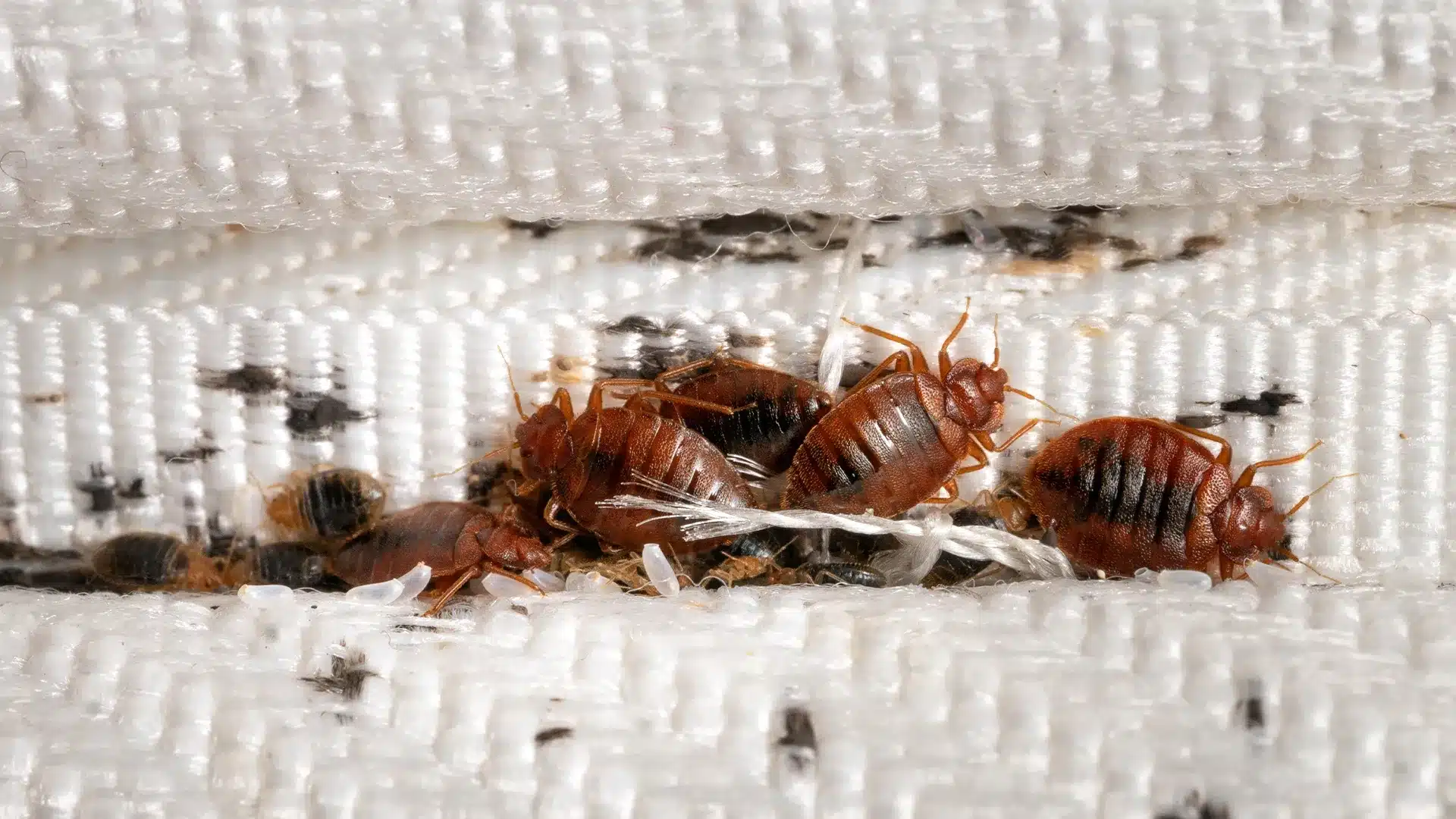Kings Pest Control Expert Cincinnati: Reliable Pest Administration
Kings Pest Control Expert Cincinnati: Reliable Pest Administration
Blog Article
A Failure of the Different Kinds Of Pest Control Solutions
In the realm of bug control, a plethora of methods exist to deal with and battle the presence of unwanted creatures. From the traditional usage of chemical pesticides to extra innovative organic control remedies, each approach provides distinctive advantages and limitations. As we navigate with the varied landscape of bug control remedies, recognizing the intricacies of each method becomes critical in figuring out one of the most reliable strategy. Stay tuned as we check out the nuanced world of insect control methods and find just how each kind plays an one-of-a-kind duty in guarding our environments.
Chemical Pesticides
Chemical pesticides are commonly made use of in bug control to efficiently eliminate a vast array of bugs and other bugs. These pesticides work by targeting the nerves of the parasites, interrupting their normal features, and inevitably resulting in their demise. The usage of chemical pesticides has been a staple in the parasite control market for decades due to their performance and quick outcomes.

Nonetheless, it is important to utilize chemical pesticides with caution because of their possible unsafe effects on the environment and non-target species. Improper application or overuse of these pesticides can lead to pollution, harm to advantageous bugs, and resistance advancement in insect populations. It is crucial to follow safety and security standards and guidelines when utilizing chemical pesticides for insect control.
Biological Control Methods
Taking into consideration the prospective ecological effects and risks related to chemical pesticides, biological control approaches provide a more lasting technique to managing bug populations. Organic control involves making use of all-natural opponents, such as bloodsuckers, predators, and virus, to suppress bug populations. This technique is often more targeted, influencing only the certain parasite species while decreasing harm to helpful pests, humans, and the atmosphere.

When developed, all-natural adversaries can aid control pest populaces constantly without the demand for repeated applications of chemicals. Furthermore, organic control is commonly much more cost-efficient and can help lower pesticide resistance in parasite populations over time.

Mechanical Insect Control
Mechanical pest control involves the physical manipulation or removal of pests to handle their populaces properly. One usual instance of mechanical pest control is using traps to capture rats or pests.
One more mechanical method is the use of obstacles such as displays, fences, or nets to obstruct bugs from going into specific locations. By literally stopping insects from accessing a location, the chance of invasions or damage can be significantly lowered. In addition, manual methods like handpicking parasites off structures or plants can be reliable for smaller-scale invasions.
While mechanical pest control approaches can be labor-intensive, they use a non-chemical alternative that can be sustainable and ecologically friendly. By targeting parasites directly, mechanical control techniques can assist keep bug populations in check without counting on pesticides.
All-natural Remedies
Making use of natural remedies for parasite control provides a eco-friendly and lasting approach to handling bug populations without turning to chemical interventions. Natural solutions include using compounds stemmed from plants, minerals, or other normally taking place sources to prevent or remove insects. Planting particular natural herbs like basil, mint, or lavender around your residential or commercial property can push back pests due to their strong fragrances. Diatomaceous earth, a powder made from fossilized algae, can be made use of to fight bugs like ants, roaches, and bed pests by dehydrating their exoskeletons.
In addition, termite pest important oils such as tea tree oil or neem oil have insecticidal residential or commercial properties that can successfully regulate insects while being safe for the environment. Another all-natural solution is presenting valuable pests like ladybugs or hoping mantises to your yard to victimize dangerous bugs. By integrating these natural solutions into parasite monitoring methods, individuals can decrease their dependence on artificial chemicals and promote a healthier, extra well balanced environment.
Integrated Insect Management
Integrated Pest Monitoring (IPM) is a detailed click to read method that combines numerous methods to efficiently manage pest populaces while lessening dangers to human health and the setting. IPM includes the assimilation of several insect control approaches such as biological control, environment control, alteration of social practices, and making use of immune crop selections. By utilizing a mix of these techniques, IPM intends to decrease dependence on chemical pesticides, which can have unfavorable influences on environments and human health and wellness.
One key facet of IPM is the emphasis on avoidance. By implementing procedures to prevent bug problems before they take place, such as maintaining appropriate hygiene and sealing entrance factors, the need for responsive parasite control steps is decreased. Monitoring and routine examinations play an important duty in IPM, enabling early visit this site right here discovery of pest concerns and prompt intervention.
Verdict
In conclusion, the various kinds of parasite control solutions provide a series of alternatives for effectively handling bug problems. Chemical chemicals offer quick elimination yet might have environmental risks. Biological control techniques use all-natural killers to regulate parasites. Mechanical pest control entails physical obstacles or catches. All-natural remedies offer non-toxic alternatives. Integrated Insect Administration integrates several methods for an alternative technique to pest control. Each approach has its very own advantages and drawbacks, and selecting one of the most proper remedy depends on the certain bug issue available.
Chemical pesticides are commonly made use of in bug control to efficiently eliminate a vast range of insects and various other insects.Mechanical pest control entails the physical control or removal of parasites to manage their populations properly (Kings Bed bug exterminator Cincinnati).Utilizing all-natural treatments for parasite control offers a sustainable and environmentally friendly strategy to handling pest populations without resorting to chemical treatments.Integrated Insect Monitoring (IPM) is an extensive strategy that integrates various techniques to properly manage pest populations while decreasing risks to human wellness and the environment.In final thought, the numerous types of bug control solutions provide an array of choices for effectively handling bug problems
Report this page